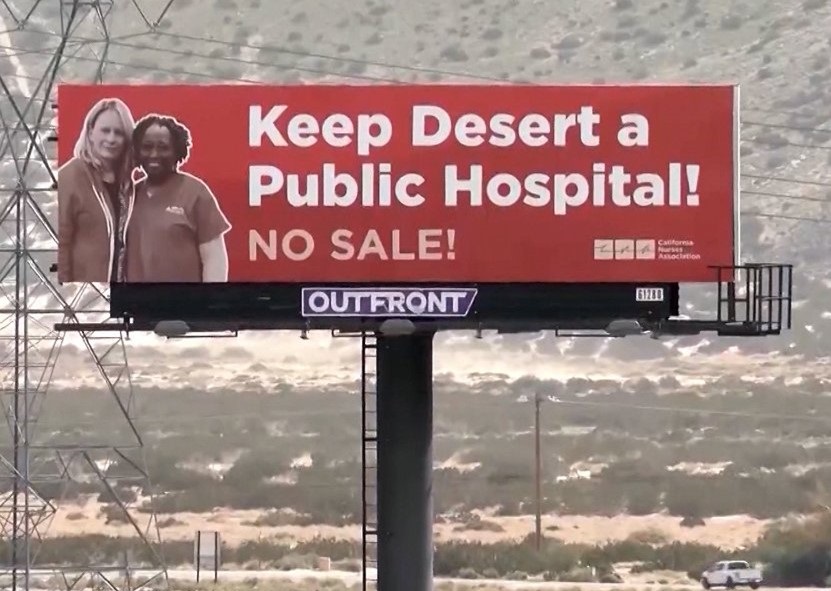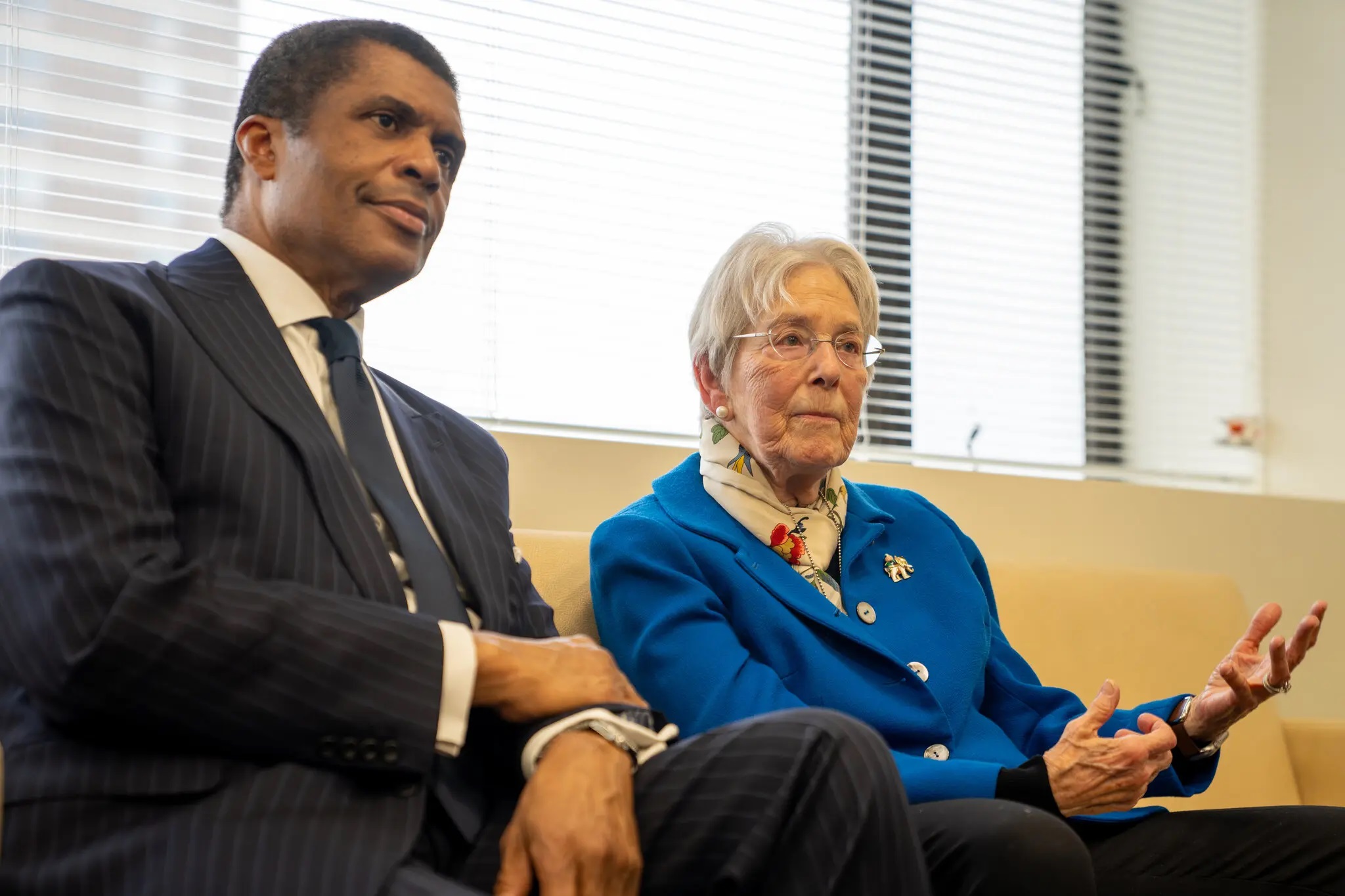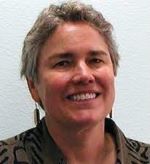Nurses Launch Billboard Campaign Against Renewal of Desert Regional Medical Center Lease
 Sunday, March 3, 2024 at 8:00AM
Sunday, March 3, 2024 at 8:00AM The California Nurses Association and National Nurses United have launched a billboard campaign against the lease renewal of public-owned, Palm-Springs-based Desert Regional Medical Center to Dallas-based Tenet Healthcare (Figure 1) (1).

Figure 1. National Nurses Union billboard off Highway 111 West of Palm Springs near the I-10.
The billboard campaign is in response to the posting of two videos that showed a water leak in Desert Regional's neurological intensive care unit and an infestation of cockroaches in the emergency department break room (2,3). Desert Regional is a public hospital governed by an elected district board. Tenet Healthcare is a private company that leases and runs the hospital. The nurses’ union said Tenet has a long-standing practice of short-staffing Desert Regional, which they said has caused patient safety issues (1). Tenet is currently in the process of renegotiating another 30-year lease with the hospital, which would include the option to purchase the hospital from the Desert Healthcare District at the end of the new lease (1).
Desert Care Network — composed of Tenet-operated hospitals Desert Regional, JFK Memorial in Indio, CA, and Hi-Desert Medical Center in Joshua Tree, CA — provided the following statement: "The California Nurses Association continues to spread misleading information about Desert Regional. These claims are unwarranted, and these tactics will not change Desert Regional's unwavering commitment to the Coachella Valley. Our hospital takes maintenance and cleanliness standards seriously. This includes addressing repairs needed due to people flushing non-flushable cleaning wipes or issues after heavy rains such as pest control. Consistent with sound operational protocols, we proactively closed areas for a short time to remediate issues. These unrelated occurrences were addressed immediately and disclosed promptly to the staff and the Desert Healthcare District" (4).
Desert Regional’s governing Board of Directors are elected to four-year terms by Palm Springs voters. No statement has been made to date by the Board or have any statements been made by state healthcare inspectors such as the California Department of Health or national healthcare inspectors such as the Joint Commission and Centers for Medicare & Medicaid Services. Although lack of cleanliness does not necessarily equate with lack of quality, cleanliness if often used as a substitute measure for safe healthcare, much like restaurant cleanliness is used as a measure for safe food.
Richard A. Robbins MD
Editor, SWJPCCS
References
- Tayor M. California nurses use billboard to voice opposition to hospital sale. Becker’s Hospital Review. February 29, 2024. Available at: https://www.beckershospitalreview.com/nursing/california-nThe urses-use-billboard-to-voice-opposition-to-hospital-sale.html?origin=BHRE&utm_source=BHRE&utm_medium=email&utm_content=newsletter&oly_enc_id=6133H6750001J5K (accessed 3/2/24).
- National Nurses United. Ceiling Leaks in Neurological ICU at Desert Regional Medical Center. February 24, 2024. Available at: https://vimeo.com/914927727?share=copy (accessed 3/2/24).
- National Nurses United. Cockroaches at Desert Regional Medical Center. February 24, 2024. Available at: https://vimeo.com/914925049/f9d46c5890?share=copy (accessed 3/2/24).
- Sasic E. Desert Regional nurses launch billboards to spotlight concerns; hospital pushes back. Palm Springs Desert Sun. February 27, 2024. Available at: https://www.desertsun.com/story/news/health/2024/02/27/desert-regional-nurses-launch-billboard-campaign-palm-springs-area-hospital-news/72752162007/ (accessed 3/2/24).


